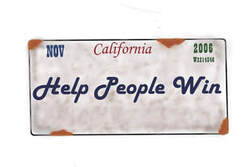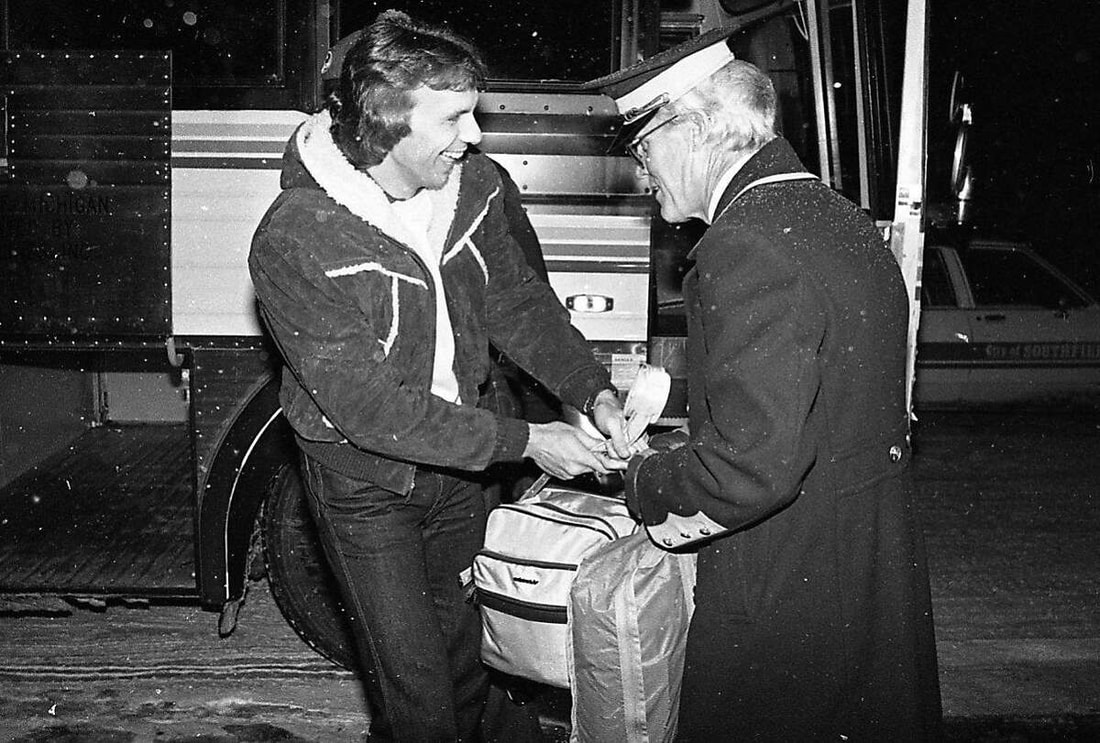 Our final two postings on the Essential Elements of winning teams are about championship adaptability and using ceremony to create a flywheel of sustainable energy for winning the right way. In previous posts we have looked at a variety of factors that a leader can work with to help the team trust each other, go all out, use failure as a constraint to get better, and be all in. All of it connects to the hope of a championship victory which in most cases will not be handed to you, rather you will face a worthy adversary who be equally talented and similarly committed, and you will have to emerge victorious. How do you avoid being what John Madden famously said about the NFL, which is there is one winner and everyone else is a loser and the team that lost the super bowl is the first loser. The words may sting but ask Marv Levy who coached the Buffalo Bills to four Super Bowls and lost them all. Ask anyone who was told they finished 2nd in the big RFP and you will get the same answer, you get to the championship to win it! Adapt! The massive distance between finishing first and second helps create the tension that makes for good theater. No one watches the NFL Pro-Bowl (it has recently been dissolved) because nobody cares about the outcome. Part of the intrigue in a tightly contested game is how the best act and react to each other as things unfold. Both the New England Patriots and the Golden State Warriors are famous for their half time adjustments and 3rd quarter success. In previous posts we have looked at how John Wooden would not stalk the sidelines of the game as he needed his players to be adapting and didn’t want to distract them. Basketball is a great example of adaptability because the ball is in play the moment it is scored and put back onto the court. Jay Bilas in his book Toughness outlined the “next play” mentality that Mike K installed at Duke which starts with the mental ability to get over the loss of the basket on defense and the opportunity to gain a basket on the other end. Sport can give us some good examples but inside the military there is a clean framework that is highly transferable and trainable which is what the leader is seeking. OODA Airforce Colonel John Boyd was a world class fighter pilot and changed how our war planes were built in this country. Colonel Boyd also left behind a decision-making framework that is the standard for our military and can be of real use to leaders who are looking to empower their teams with a way to build out championship adaptability. The OODA loop stands for Observe, Orient, Decide, Act and is born out of air-to-air combat training that earned Colonel Boyd the nickname (40 Second Boyd) because he would allow his combatant an advantage position on him and within 40 seconds would be able to kill them. Observe what is causing your discomfort of pain, measure the size and scope and do not hedge the size or seriousness of its power. Orient yourself and your assets to the enemy. How can you adapt given what you have currently within reach? Decide on action to take. Act on that decision. Reflect and run the loop again. Much of the OODA loop training in the military is how to run the loop faster than your enemy, to get inside their OODA loop. Today's climate is perfect for taking that same point of view. Consider running a daily OODA loop for yourself, and family. Run a daily OODA loop for your work team. These simple questions will allow you to get to the brutal truth as quickly as possible which will allow you to adapt. Hopefully you can take this framework and customize it for your situation. Who is your competition? Where are they strong? How are you positioned relative to them in the marketplace? Which factors does a potential customer need to prioritize to pick your offering over others? How can you position the questions that are asked to highlight the factors that help you win?
Whether it is in sport or work you can overlay the OODA loop framework and start to train your team to either take physical or verbal action. As you run this loop you are increasing your team’s chances of victory and getting everyone ready to adapt in the biggest moments.
0 Comments
Eight Essential Elements of Close Knit Teams #6 - Team Chemistry & Humor - Do They Matter?11/8/2022  Our final three posts on the Essential Elements of Close Knit Teams focus on team chemistry, championship adaptability, and how ceremony can create a flywheel for building a sustainable and healthy winning culture. Is Team Chemistry Even Real? Team chemistry is seldom described in a clinical or linear fashion, it appears to be etherical vs empirical or can be described by people as a “you know it when you see it” phenomenon. We like to study topics like this and were elated when we stumbled across Joan Ryan’s well researched book “Intangibles,Unlocking the Science and Soul of Team Chemistry.” Joan has covered sports for her entire career and has been at the forefront of women’s leadership in sports journalism, she is a powerful writer, but an easy read. Ryan takes on the validity of team chemistry in the book. Her interviews with crusty professionals like Jeff Kent and Barry Bonds are great examples that she wasn’t just looking for easy answers to the hard question, does team chemistry even matter? You get the sense that the author, who was so close to so many interesting teams based in the San Francisco Bay Area over the last 30 years, noticed that when people gel, unexpected positive outcomes seem to happen with more than random frequency. Digging into the research she compiled to go along with her interviews, we wanted to highlight an article that was published in the International Journal of Sport and Exercise Psychology in May of 2011. A team of five researchers from the University of British Columbia school of Human Kinetics looked at “Informal roles on sport teams.” Their research produced ten labeled roles that we, as humans, are apt to fall into when working with others on a collective task. Their research identified three types that were detrimental to their success. Humm Baby! Ryan had a real supporter in former SF Giants Pitcher and now long time TV broadcaster Mike Krukow, who helped her overlay this research on their 1989 World Series Team known as the Humm Baby Giants. Krukow could name every type on their team and how they managed the different types to collectively get to winning baseball without trying to force everyone to act the same way.  This really resonated with us, because as much as we all appreciate the uniformity of a military drill team and understand how in certain situations the precision and unity of that effort requires nothing but absolute compliance and obedience, there are many situations where that is a recipe for human disaster. The rubber band of personality always seems to find a way to snap back. As leaders and managers of others in family, sport, and work we recognize the importance in identifying and working with your teams’ interests, strengths, and styles. The University of British Columbia’s research coupled with Ryan’s compelling book have been extremely helpful, and we think their findings are a big part of competing at the highest level and enjoying the accompanying challenges. Here are the labels and the corresponding definitions. Why are Bill Walsh’s PE Classes having more fun than mine? Starting last fall we did our own research with players from Super Bowl winning teams, leaders of companies that have gone public, and world class hospital executives and can support Ryan’s findings. However, one interview going back about six years before this book was published stands out. One of our favorite mentors and a world class sports psychologist is Glen Albaugh. Glen lives in Stockton and has lived an amazingly varied and wonderful life. His work with applied psychology goes back to his PHD in sports psychology from the University of Utah in 1971. He has been a long-time friend of Michael Murphy of “Golf in the Kingdom” fame and while a professor at The University of The Pacific taught and remains close to Pete Carroll who coaches the Seattle Seahawks. He also coached high school basketball and was the Men’s Golf coach at UOP while Drew was playing for Cal. Sara and Drew both saw Glen in his capacity as a sport psychologist while we were playing golf professionally and he had a stable of very successful touring professionals who he counseled. Glen wrote “Winning the Game Within” and had an excerpt about Sara in the book. About six years ago after bumping into Glen at dinner he agreed to allow me to interview him over lunch about his life as a coach and youth administrator. We met about 10 times over the years, and I would always record our conversations and then have them transcribed and sent to him. The nuggets from those lunches abound, and yet it was an off handed observation from him that I come back to the most. “Why were Bill Walsh’s PE classes having more fun than mine?” Wait, Bill Walsh was a PE coach? Yes, at Washington High School in Fremont while they were both making ends meet and just getting started. I asked Glen why and he responded because Bill could sense where his class was and then would adapt in an instant the tone and meter of his communication. Walsh the Bellhop Fast forward to the 49ers first Super Bowl in 1982 and with Walsh as head coach he sensed the team’s mood and recognizing they were a little tight donned the bellman’s cap at the hotel and helped the players with their luggage as they got off the bus as a gag. He read the mood, knew his players, and helped take some air out of the room. What a pro. Everyone’s leadership journey is unique, and history may not repeat but it surely rhymes. We hope these insights from others empower you to keep paying attention to the little things that help your group become more like a team and your team become one of those special tight knit units where everyone can’t wait for the next reunion!
Thank you for your readership and your friendship. Drew & Sara Sanders |
Archives
November 2023
Categories
All
Complete Annual Newsletter Volumes
|


